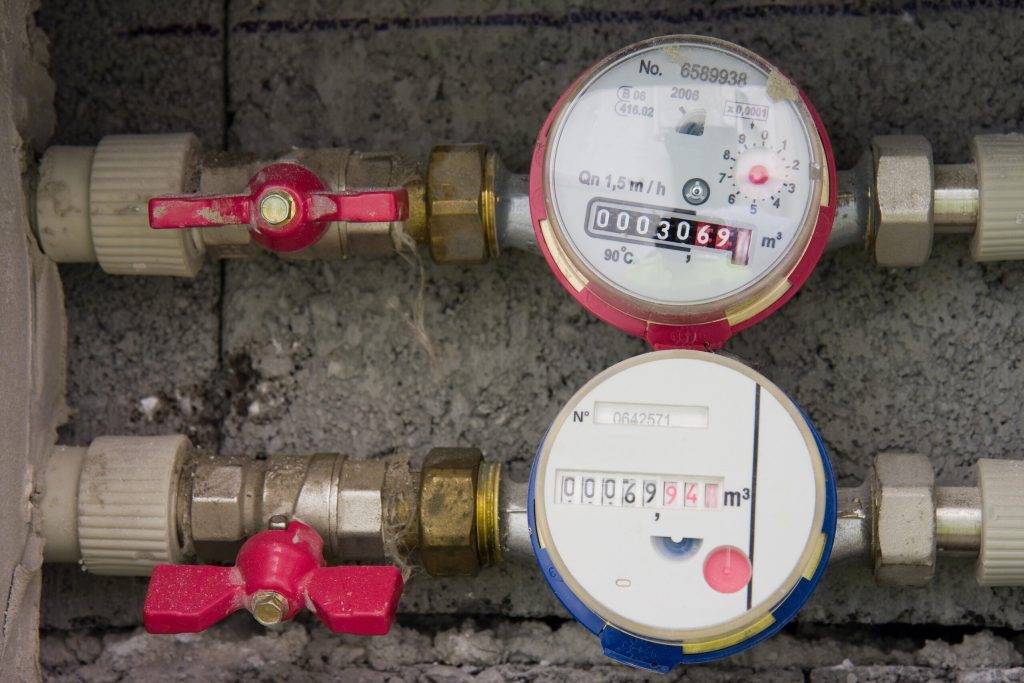 Revenue loss in a water system through leaks seems straightforward, but there is another culprit that is not as clear. Inefficiencies in water meters rob water systems of revenue over time, and the longer you wait, the worse the loss. This is part II in our series that examines revenue loss in water systems.
Revenue loss in a water system through leaks seems straightforward, but there is another culprit that is not as clear. Inefficiencies in water meters rob water systems of revenue over time, and the longer you wait, the worse the loss. This is part II in our series that examines revenue loss in water systems.
Losses in a water system are broken down into two categories: real losses and apparent losses. Real losses consist of leaks within the system, which was discussed in part I. Apparent losses are caused by unauthorized consumption and metering inaccuracies. It may seem like a daunting task, but the first step is to complete a water audit to determine where a water system is with respect to apparent losses. The American Water Works Association (AWWA) offers a free spreadsheet software tool, the AWWA Free Water Audit Software, to assist in the process of auditing the water use in your system.
Apparent losses through meter inefficiencies can significantly impact revenue. A residential meter’s average lifespan is 15 to 20 years. Most residential meters are a nutating disk style, which is a positive displacement meter that has a wobbling disk on a ball and shaft and a fixed volume, or displacement, in its chamber to measure the system’s flow. The accuracy of older meters varies based on the quality of water in a system as well as the type of customer using the meter. Age, as well as the total number of gallons that pass through the meter, affect the accuracy and wear on a meter.
A water system should pull a sampling of meters for testing, based on age and low water usage and age and high water usage, to determine meter inaccuracies. A 20-year-old water meter at a house with two residents can vary significantly from a house with a 20-year-old meter and six residents. It is recommended to pull and benchtop test meters that are 10, 15 and 20 years of age. The meters should be tested at multiple flow ranges to determine accuracy at low, medium and high flows.
Once the results of the meter accuracies are tabulated, a community water supply can extrapolate total water losses over a year’s period and input the lost revenue to determine if it is high enough to justify replacing the meter. A typical meter is between $90 and $120, so finding the break-even point is important.
By tracking down the water losses that are hard to define, you will be on the path to conserving our precious water resources.
Do you think you’re losing revenue because of inefficient meters? Contact Lee Bloome at lbloome@hanson-inc.com.